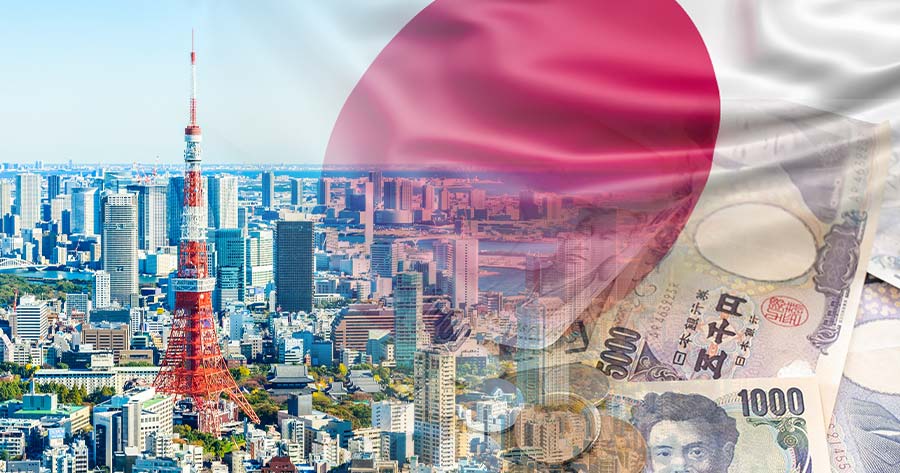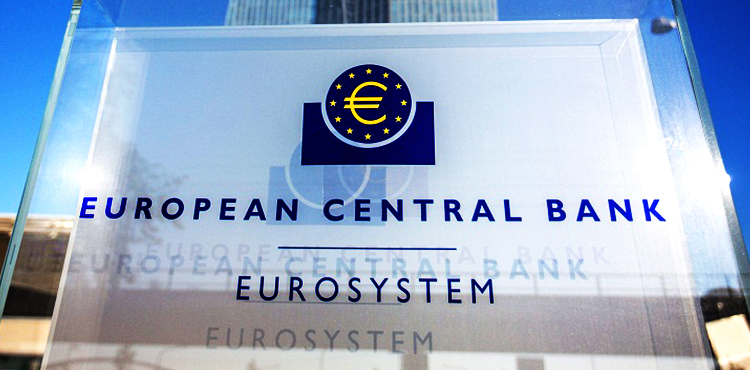In March, Japan’s inflation rate rose by 3.6% year-over-year, maintaining a streak of surpassing the Bank of Japan (BOJ)’s 2% target for three consecutive years. Meanwhile, the rate slightly fell from February’s 3.7%.
The “core-core” inflation rate, a key metric for the BOJ that excludes fresh food and energy prices, increased to 2.9% from the previous 2.6%. The core inflation rate, which removes fresh food prices only, was 3.2%, aligning with Reuters’ projections and up from 3% in February.
This data release coincides with ongoing trade negotiations between Japan and the United States, as President Donald Trump announced “big progress.” Japan has faced significant tariffs, with 25% on auto imports from April 3 and 25% on steel and aluminum starting March 12.
Nonetheless, Trump has temporarily suspended his planned 24% “reciprocal” tariffs on Japan for 90 days, maintaining a base 10% tariff.
If Japan’s inflation remains robust, it could prompt the Bank of Japan to consider interest rate hikes and a shift toward normalizing monetary policy. However, the looming U.S. tariffs could suppress Japan’s GDP growth, potentially curbing the BOJ’s ability to raise rates.
Nomura analysts, in a note dated April 16, adjusted their forecast from expecting two rate hikes to anticipating just one by the BOJ by March 2027. They now predict a single rate hike in January 2026. Additionally, Nomura foresees Japan’s real GDP will grow at nearly zero in the third quarter of 2025 due to the tariff impacts.
This situation might also dampen wage growth, anticipated during the 2026 shunto (spring wage negotiations), complicating the central bank’s efforts to raise rates during or after this period.





